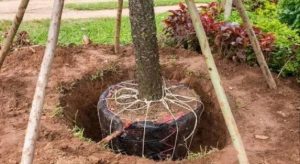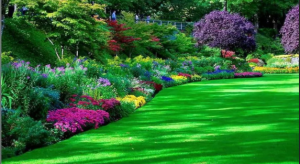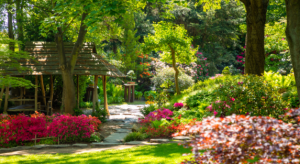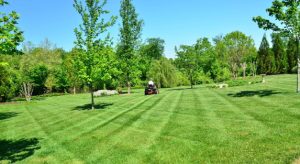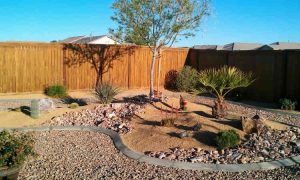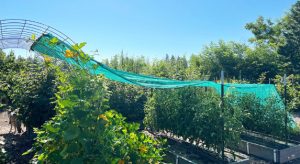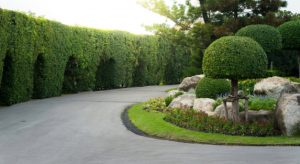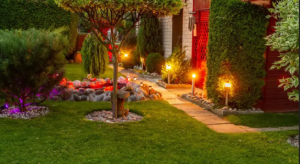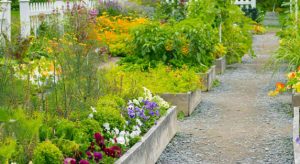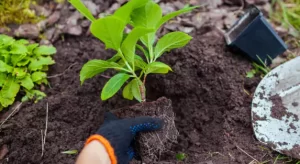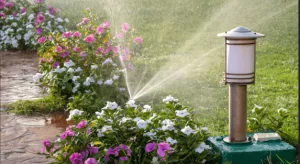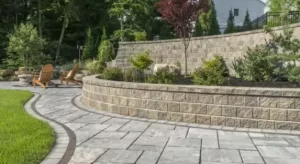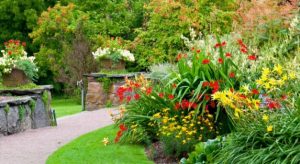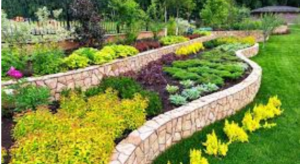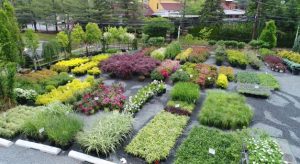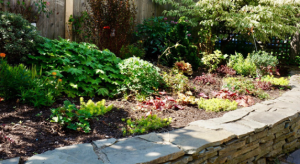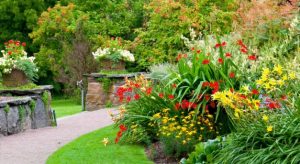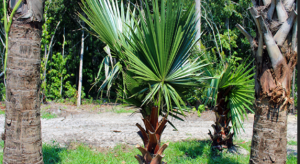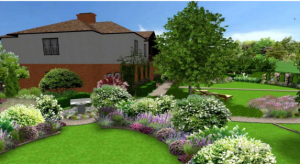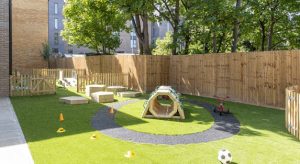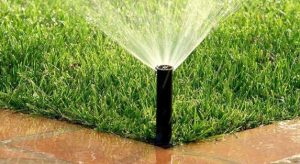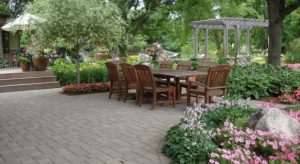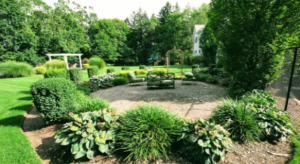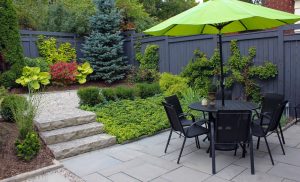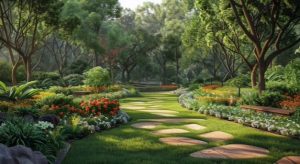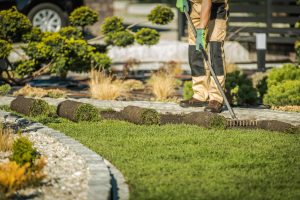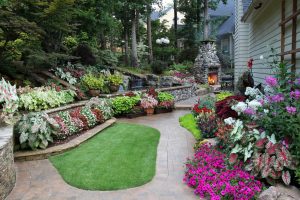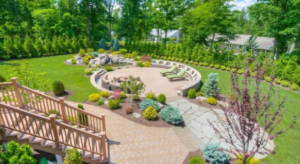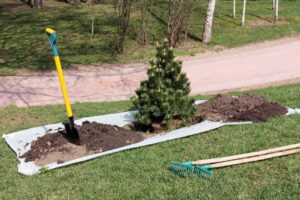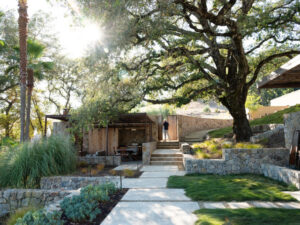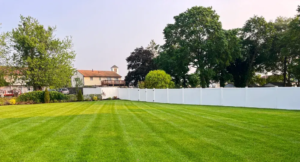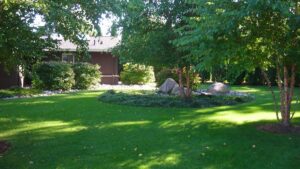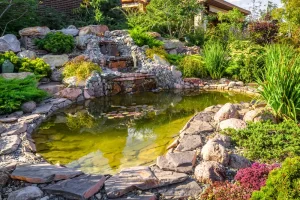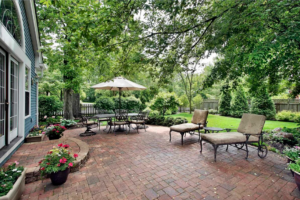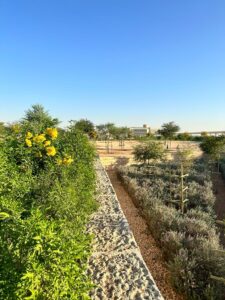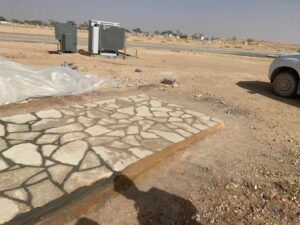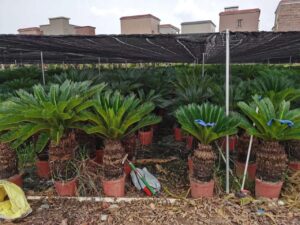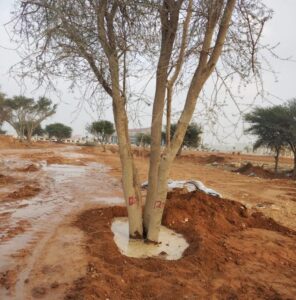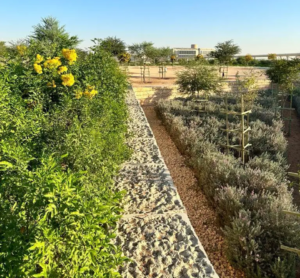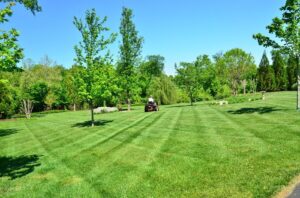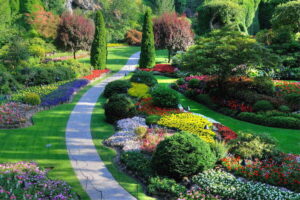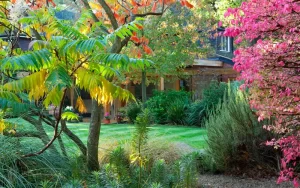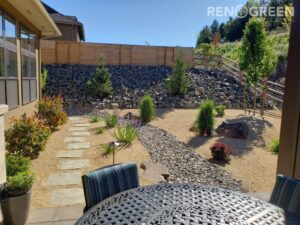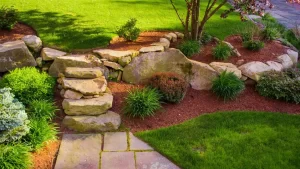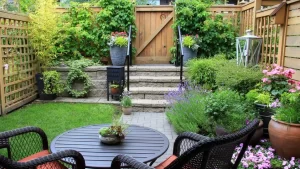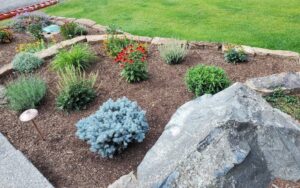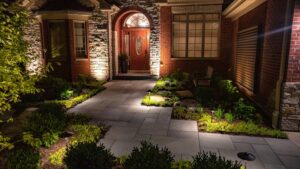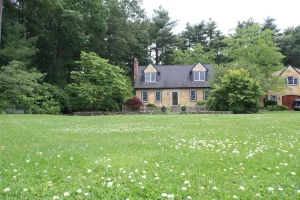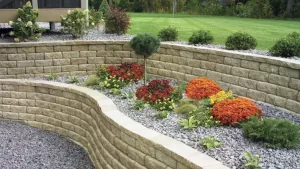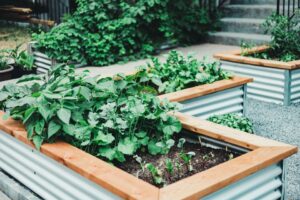How to Plan and Execute a Landscape Renovation
19 July, 2024
Landscaping is more than just an aesthetic enhancement for your property—it's an investment in creating a space that enhances your lifestyle and adds value to your home. Whether you're looking to refresh a tired garden, create a new outdoor living area, or completely overhaul your yard, planning and executing a landscape renovation involves several key steps. In this comprehensive guide, we'll explore how to effectively plan and execute a landscape renovation, ensuring your project meets your vision and delivers long-lasting results.
1. Assess Your Current Landscape
Before embarking on a landscape renovation, it's crucial to evaluate your existing outdoor space. This assessment will help you identify what works well, what needs improvement, and what elements should be changed or removed.
Steps for Assessment:
Survey the Area: Take note of your yard's size, shape, and existing features such as trees, shrubs, and hardscaping elements.
Evaluate Soil Quality: Test your soil to understand its composition and drainage capabilities. This will influence plant selection and garden design.
Consider Sunlight and Shade: Observe how sunlight moves across your yard throughout the day to determine which areas are sunny or shaded.
Identify Functional Needs: Reflect on how you use your outdoor space. Do you need a play area for kids, a space for entertaining guests, or a quiet retreat?
2. Define Your Goals and Budget
Clear goals and a well-defined budget are essential for a successful landscape renovation. Establishing these early on will guide your design choices and help manage costs effectively.
Setting Goals:
Determine Your Priorities: Are you focusing on improving aesthetics, increasing functionality, or both?
Consider Lifestyle Needs: Think about how your outdoor space will be used. For example, if you entertain frequently, a patio or outdoor kitchen might be a priority.
Identify Desired Features: Make a list of features you want to include, such as water features, fire pits, or garden beds.
Budgeting:
Estimate Costs: Research the costs of materials, plants, and labor. Obtain quotes from contractors if needed.
Allocate Funds: Divide your budget into categories, such as hardscaping, softscaping, and maintenance.
Plan for Contingencies: Set aside a portion of your budget for unexpected expenses.
3. Develop a Design Plan
A well-thought-out design plan is crucial for the success of your landscape renovation. This plan will serve as a blueprint for your project and ensure that all elements work together harmoniously.
Design Elements to Consider:
Layout and Flow: Design a layout that enhances the flow of your outdoor space. Create distinct areas for different activities, such as dining, lounging, and gardening.
Plant Selection: Choose plants based on your climate, soil conditions, and the amount of sunlight each area receives. Consider incorporating native plants for lower maintenance and environmental benefits.
Hardscaping: Decide on materials for paths, patios, walls, and other hardscape features. Choose materials that complement your home's architecture and landscaping style.
Color and Texture: Select plants and materials that offer a range of colors and textures to create visual interest throughout the year.
Creating a Design:
Sketch Your Plan: Draw a rough sketch of your design, including the placement of plants, hardscaping elements, and any additional features.
Use Design Software: Consider using landscape design software or apps to create a more detailed and accurate representation of your plan.
Consult a Professional: If needed, consult with a landscape designer or architect to refine your design and ensure it meets your goals and budget.
4. Prepare the Site
Proper site preparation is essential for a successful landscape renovation. This involves clearing the area, preparing the soil, and addressing any drainage or structural issues.
Site Preparation Steps:
Clear the Area: Remove any unwanted plants, debris, or old hardscaping elements. This may involve digging, cutting, or using machinery.
Grade the Soil: Ensure proper grading to facilitate drainage and prevent water pooling. This may involve leveling or sloping the ground as needed.
Improve Soil Quality: Amend the soil with organic matter or soil conditioners to enhance fertility and drainage. This is particularly important if you're planting new beds or lawns.
Address Drainage Issues: Install or repair drainage systems to prevent waterlogging and erosion.
5. Implement the Design
With your design plan and site prepared, it's time to bring your vision to life. Follow these steps to execute your landscape renovation effectively.
Steps for Implementation:
Install Hardscaping: Begin with hardscaping elements such as patios, walkways, and retaining walls. Ensure proper installation and alignment.
Planting: Proceed with planting trees, shrubs, and flowers according to your design plan. Follow planting guidelines for spacing, depth, and soil preparation.
Irrigation Systems: Install irrigation systems or watering solutions to ensure your plants receive adequate moisture. Consider using drip irrigation for efficiency.
Lighting: Add outdoor lighting to highlight key features and extend the usability of your outdoor space into the evening.
6. Maintain and Enjoy Your Landscape
Once your landscape renovation is complete, ongoing maintenance is crucial to keep your outdoor space looking its best. Regular care will also help ensure the longevity of your plants and hardscaping elements.
Maintenance Tips:
Watering: Establish a watering routine based on the needs of your plants and the climate. Adjust watering schedules as seasons change.
Fertilizing: Apply fertilizers as needed to support plant growth and health. Follow recommended guidelines for different types of plants.
Pruning and Trimming: Regularly prune and trim plants to maintain their shape and remove dead or diseased growth.
Weeding and Pest Control: Keep weeds under control and monitor for pests or diseases that could affect your plants.
Seasonal Care: Adjust maintenance tasks based on the seasons, such as winterizing plants or preparing your garden for spring.
7. Evaluate and Adjust
After your landscape renovation is complete, take time to evaluate the results and make any necessary adjustments.
Evaluation Steps:
Assess Functionality: Check if the new layout meets your functional needs and enhances your outdoor experience.
Monitor Plant Growth: Observe how your plants are growing and adjust care routines if needed.
Address Issues: Address any issues or concerns that arise, such as drainage problems or plant health.
Making Adjustments:
Revisit Design Elements: If certain aspects of the design aren't working as planned, consider making adjustments to improve functionality or aesthetics.
Seek Professional Advice: Consult with a landscape professional if you need guidance on adjustments or ongoing maintenance.
Conclusion
Planning and executing a landscape renovation is a rewarding process that transforms your outdoor space into a beautiful and functional environment. By assessing your current landscape, setting clear goals, developing a thoughtful design plan, preparing the site, and executing your renovation with attention to detail, you can create a landscape that enhances your home's value and your quality of life. Regular maintenance and periodic evaluations will ensure your landscape remains vibrant and enjoyable for years to come.
Embrace the journey of landscape renovation with creativity and care, and you'll achieve a stunning outdoor space that reflects your personal style and meets your needs.
- Fountain and Waterfalls
- Gardening
- hardscape
- Irrigation system
- Landscape
- Lawn
- Nursery
- Palm Tree
- Plantation and Maintenance
- softscape
- Tree Transplanting
- Washingtonian Tree
Categories
Latest Post
- Fountain and Waterfalls
- Gardening
- hardscape
- Irrigation system
- Landscape
- Lawn
- Nursery
- Palm Tree
- Plantation and Maintenance
- softscape
- Tree Transplanting
- Washingtonian Tree





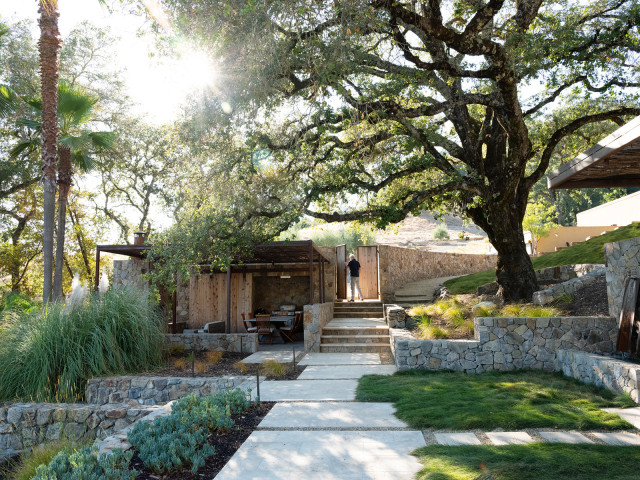
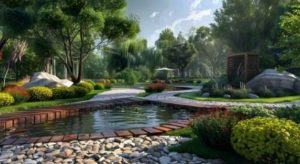
 .
.
